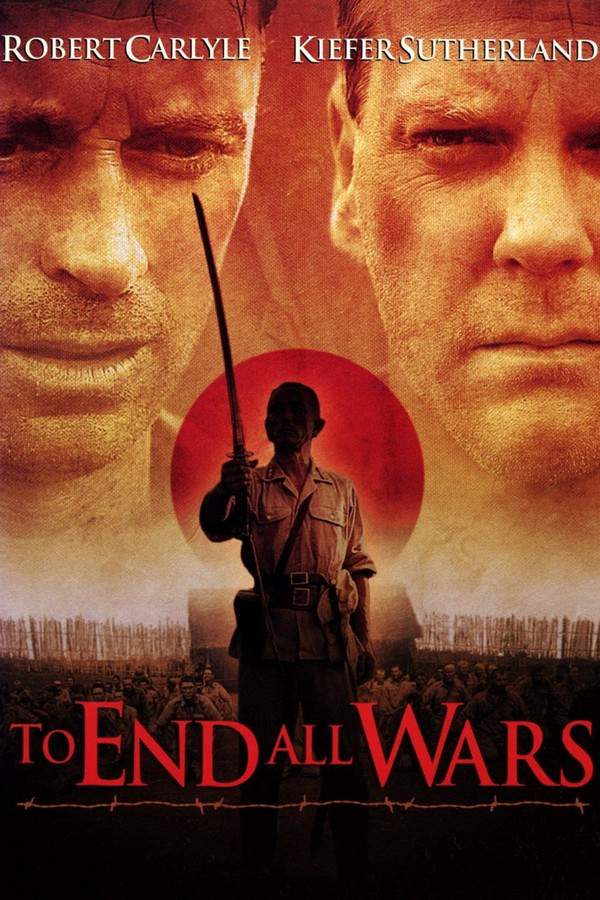
Blood Oath
Year: 1990
Runtime: 108 mins
Language: English
Director: Stephen Wallace
On a remote Pacific island north of Australia, Japanese forces ran a POW camp where liberated Australian soldiers recount mass executions of over 800 people and the torture of downed airmen. The Australian Army convenes a war‑crimes tribunal to try the camp’s officers, while a senior Japanese admiral is implicated and U.S. officials lobby for his release, intertwining justice with politics.
Warning: spoilers below!
Haven’t seen Blood Oath yet? This summary contains major spoilers. Bookmark the page, watch the movie, and come back for the full breakdown. If you're ready, scroll on and relive the story!
Timeline & Setting – Blood Oath (1990)
Explore the full timeline and setting of Blood Oath (1990). Follow every major event in chronological order and see how the environment shapes the story, characters, and dramatic tension.
Last Updated: October 04, 2025 at 12:28
Main Characters – Blood Oath (1990)
Meet the key characters of Blood Oath (1990), with detailed profiles, motivations, and roles in the plot. Understand their emotional journeys and what they reveal about the film’s deeper themes.
Last Updated: October 04, 2025 at 12:28
Major Themes – Blood Oath (1990)
Explore the central themes of Blood Oath (1990), from psychological, social, and emotional dimensions to philosophical messages. Understand what the film is really saying beneath the surface.
Last Updated: October 04, 2025 at 12:28
Unlock the Full Story of Blood Oath
Don't stop at just watching — explore Blood Oath in full detail. From the complete plot summary and scene-by-scene timeline to character breakdowns, thematic analysis, and a deep dive into the ending — every page helps you truly understand what Blood Oath is all about. Plus, discover what's next after the movie.
Blood Oath Summary
Read a complete plot summary of Blood Oath, including all key story points, character arcs, and turning points. This in-depth recap is ideal for understanding the narrative structure or reviewing what happened in the movie.

Similar Movies to Blood Oath
Discover movies like Blood Oath that share similar genres, themes, and storytelling elements. Whether you’re drawn to the atmosphere, character arcs, or plot structure, these curated recommendations will help you explore more films you’ll love.
Explore More About Movie Blood Oath
Blood Oath (1990) Plot Summary & Movie Recap
Blood Oath (1990) Scene-by-Scene Movie Timeline
Blood Oath (1990) Spoiler-Free Summary & Key Flow
Movies Like Blood Oath – Similar Titles You’ll Enjoy
To End All Wars (2002) Complete Plot Breakdown
Blood Will Tell (2019) Story Summary & Characters
Kokoda (2006) Film Overview & Timeline
Bad Blood (1981) Story Summary & Characters
Blood & Orchids (1986) Full Movie Breakdown
Death of a Soldier (1986) Story Summary & Characters
Men Behind the Sun (1988) Full Movie Breakdown
Blood Alley (1955) Plot Summary & Ending Explained
Battle of Blood Island (1960) Full Summary & Key Details
Cry of Battle (1963) Ending Explained & Film Insights
The Camp on Blood Island (1958) Detailed Story Recap
Blood on the Sun (1945) Full Movie Breakdown
Blood and Steel (1959) Spoiler-Packed Plot Recap
Blood Warriors (1993) Movie Recap & Themes
Hell in the Pacific (1968) Spoiler-Packed Plot Recap

















